ACT Government Regulations (and how these goalposts move...)
It has been some time since I started this RA23, I bought stuff, asked around how to do stupid things, got referred to someone who certifies stupid things and then bought more stuff. The problem with all this is that once upon a time I could go to an ACT Certified Automotive Engineer and tell him what I wanted to do and he'd then tell me a way or two to acomplish it and then give me a bill directly proportional to the stupidity of the project. I liked it because I could (and would) pay through the nose to do something this stupid.
Times have changed. Nowdays, the ACT Government has been aligning themselves with Department of Transport and Regional Services (DoTARS) National Code of Practice for Light Vehicle Construction and Modification (NCOP) – like so many other States. I found this out after calling my engineer 'round to show off my handiwork and having him call an “All Stop” on it. He let me down easy...”...theres... been some changes...” he says, they're all going to this “National Standard” and that he really has no say other than whether I conform to them well enough or not.
Now, this National standard is a good thing... providing you hadn't already been working to a different set of rules, you know, the other ones that were in place when you started. The website is http://www.dotars.gov.au , the particular page we'd find interesting is http://www.dotars.gov.au/roads/safet.../vsb_ncop.aspx and the document involving engine upgrades is page 18 of http://www.dotars.gov.au/roads/safet...s_3Feb2006.pdf . Of course I'll save you the effort, the links are just for reference:
The notes refer to how you can't include ancilliaries like aircon, towbar, etc and that you can only use sedans, not any wagon or heavier bodytype, so on.... bloody squeezers...
Following all that though is an example table to demonstrate it in practice:
I took one look at it and got to thinking, “These Bastards are plotting against me!...” They proudly announce my very project vehicle noting against it's weight that it could have any force fed mill up to 2934cc or more importantly, not my 2997cc 2JZ with some huffy snails shoved up it's butt.
>: (
Well then, according to the new bar, I miss out by 63 pox-ridden cc. Next most important point, Mel wants a pair of hairdryers hanging out the side of her 1UZ too, the new NCAP mod standards would make that a big fat hairy non-event. But wait, there's more. NCAP has a backdoor and I'm greasing up for entry.
It is possible to create a radically modded vehicle (i.e it barely resembles the original design and implementation) and have it classified as an “Individually Constructed Vehicle” (or ICV). This is a kinda trump card that conveniently isn't touted much about in the standard. It circumvents all these stupid weight/cc marryups providing you could demonstrate adequate braking and pass an emmissions sniff test (hot run only). It really isn't that hard. The other thing that would've got me by is if the vehicle was built or modelled on one built during or prior to1949, the Hot Rod clause. I didn't think I'd convince them of this so I'll be going the earlier.
Anyway, John Wilson (my engineer) was still a little green in this area since this really is new ground we're breaking, I'd be among the first to wail out such a beast under the new rules, Mel did some research and found out the basic process from the ACT Roads Authority here.
As ICV's (all four of them) I need to write letters to the ACT Road Transport Authority with an accompanying letter from the engineer that states it'd all work and small furry animals will prosper in it's wake. The Department then has me in for a “talk” and when they're happy with the plan, give provisional acceptance. Generally we then have two years to complete and certify to the engineer's satisfaction and passing said ACT Transport emissions sniff test. This emissions test is apparently free here... dunno if this is a rumor or not but we'll be finding out soon enough.
Neither of us see anything wrong with projecting these damned cars one after the other... like I said, can't work out if this is a good or bad thing... I've always had a penchant for the 69 Fastback Mustang (yep, there is another project in this....let me be strong, let me be strong!) but since I've worked out a nice marriage of style, power and uniqueness that would be an RA2x and 2JZ-GTE with the engineering to help it handle like a track weapon, why spend more than you have to when the classic Celica styles itself in the same image. Comparatively it's great value so while I'm at it, why stop at one?




 Reply With Quote
Reply With Quote

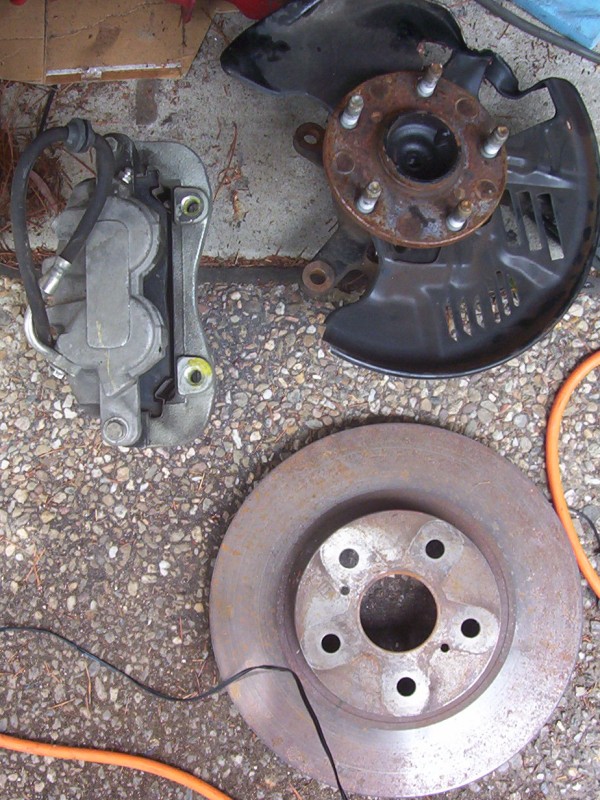
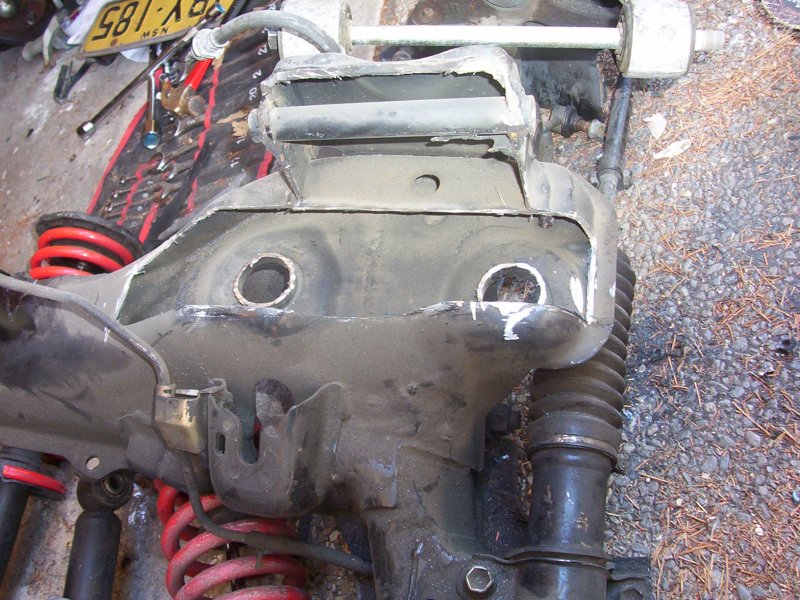
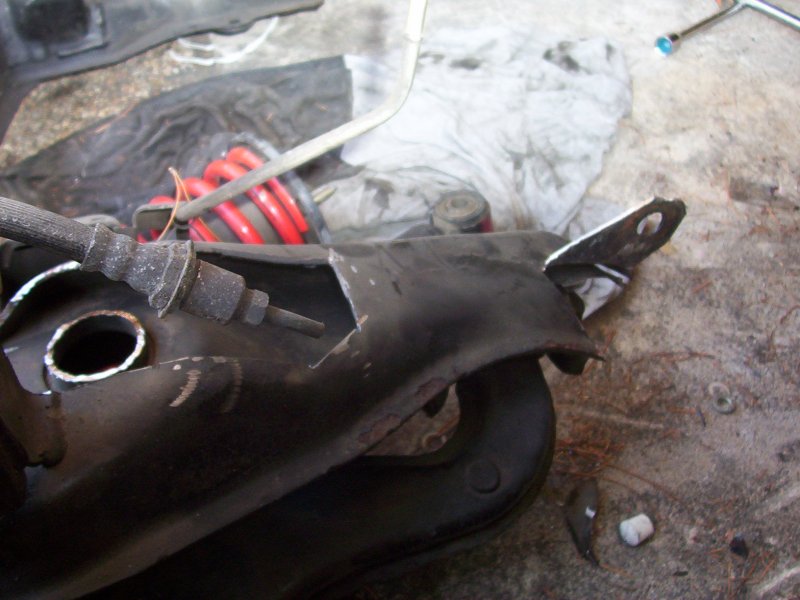
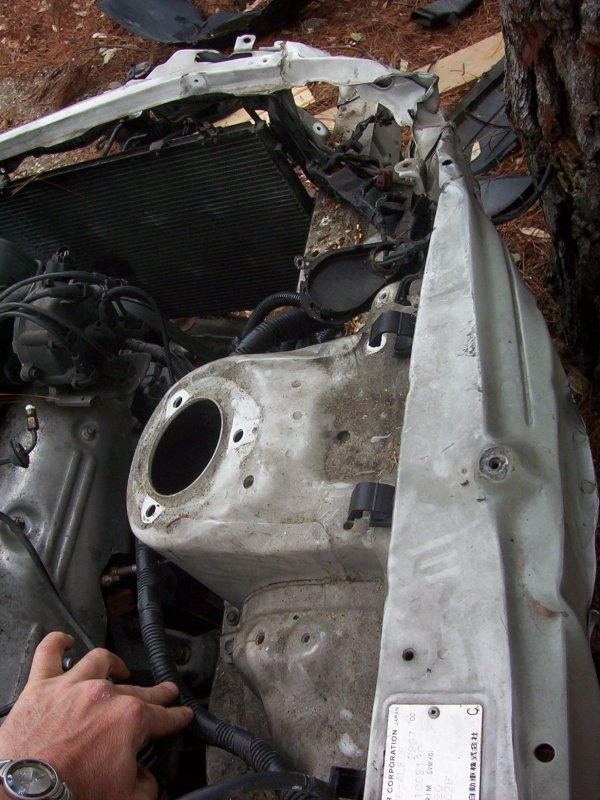
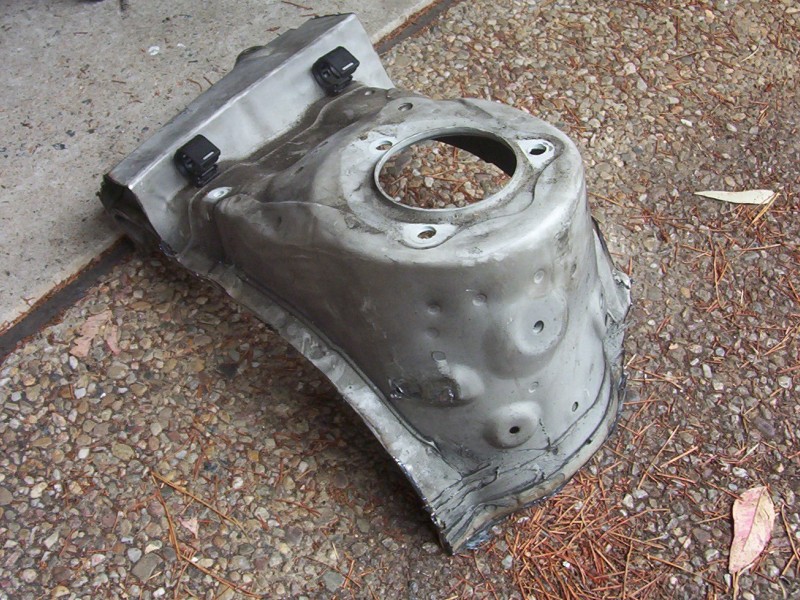
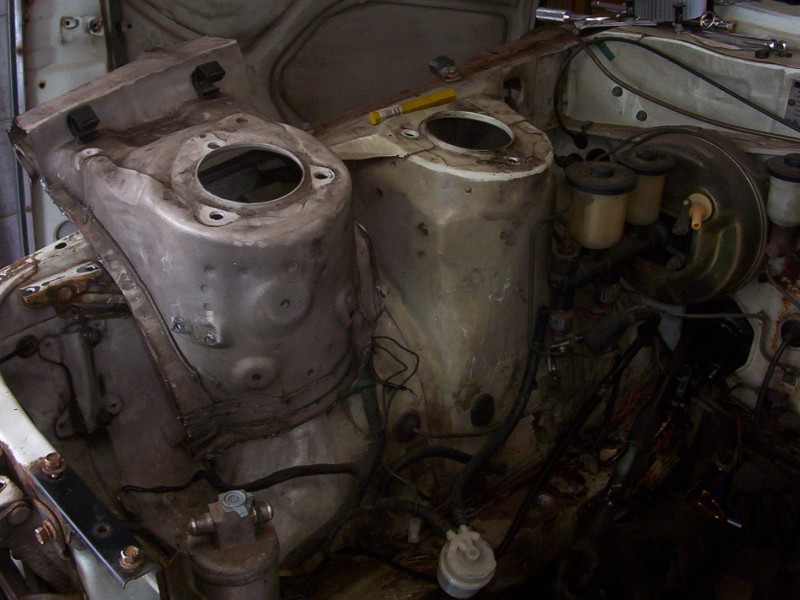
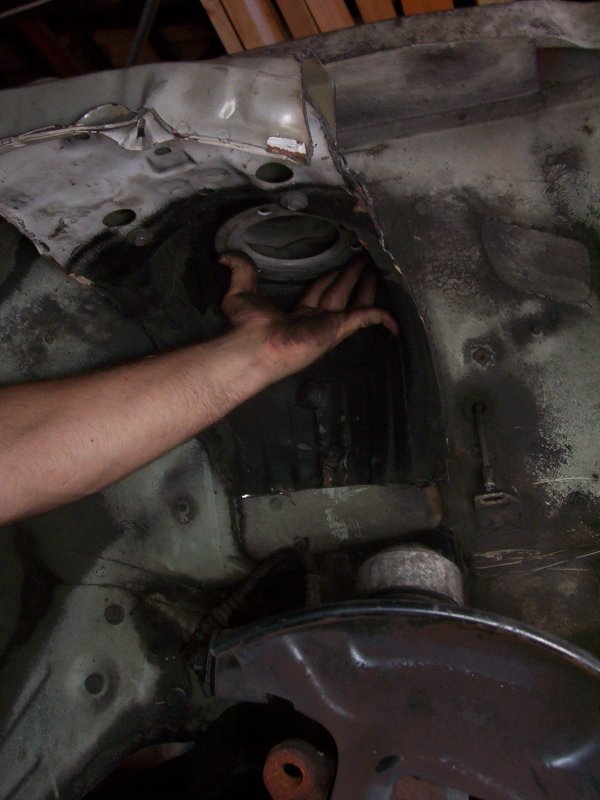
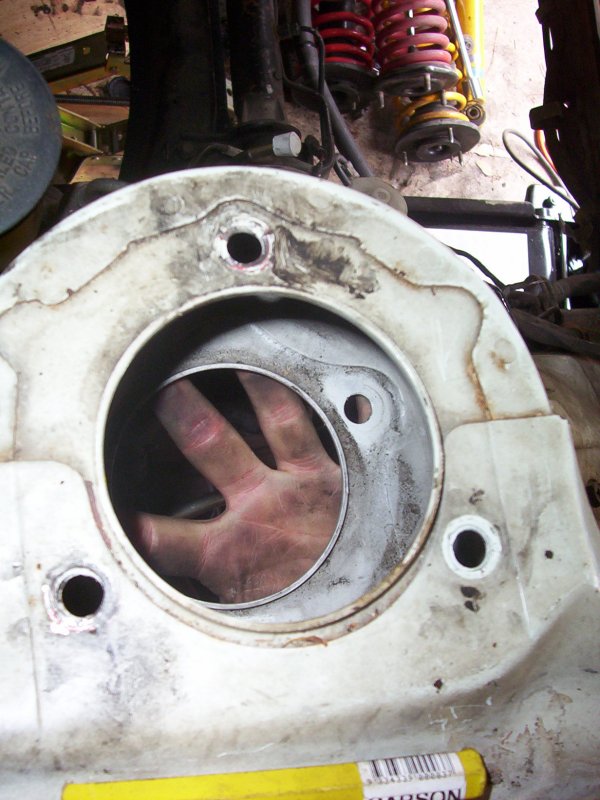
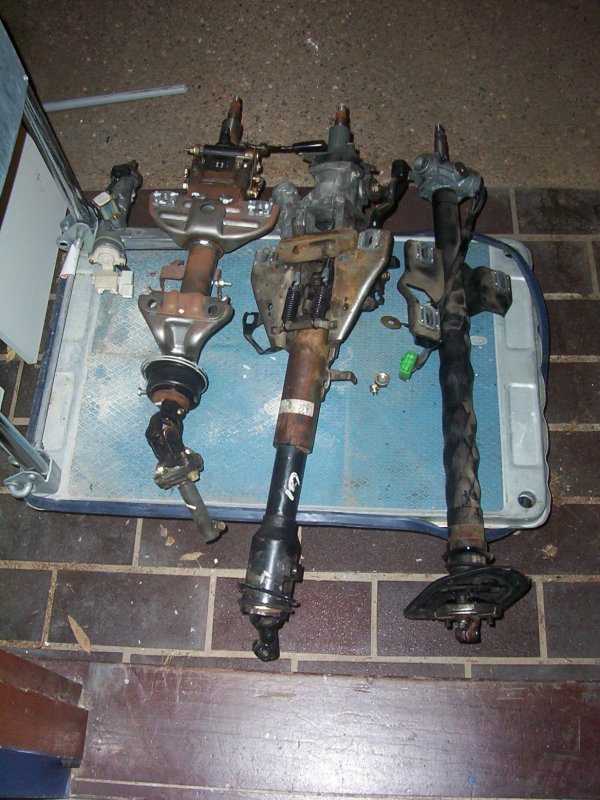
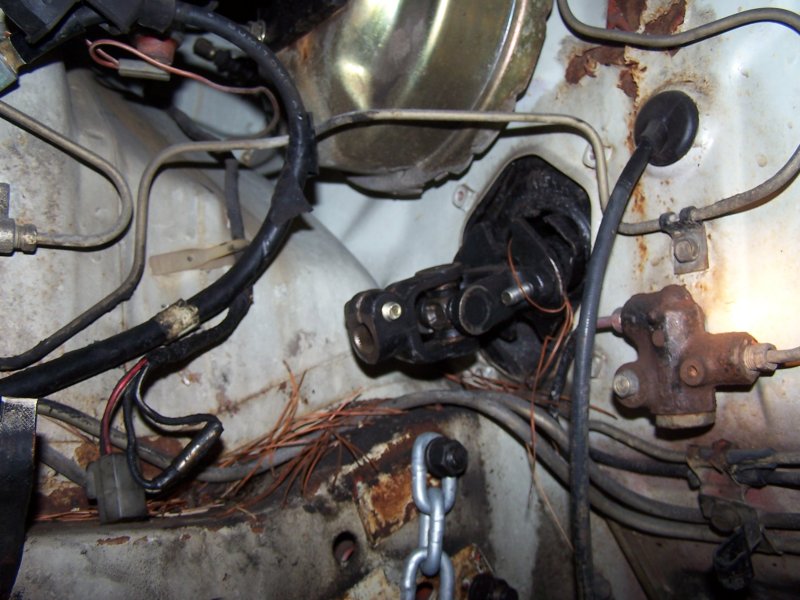
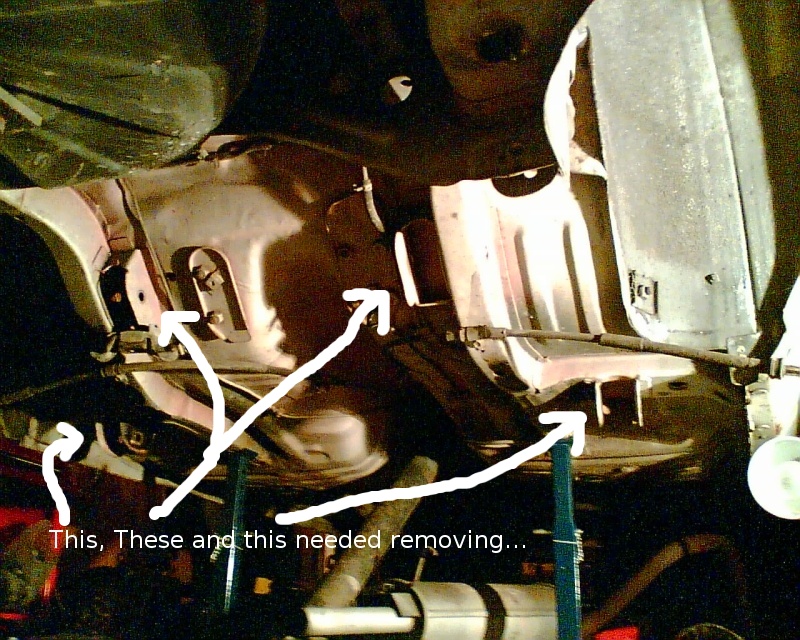
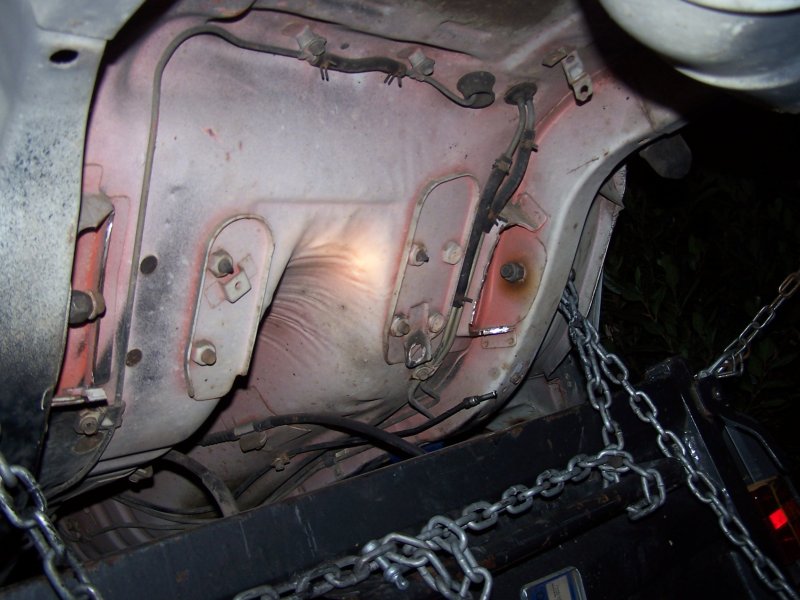
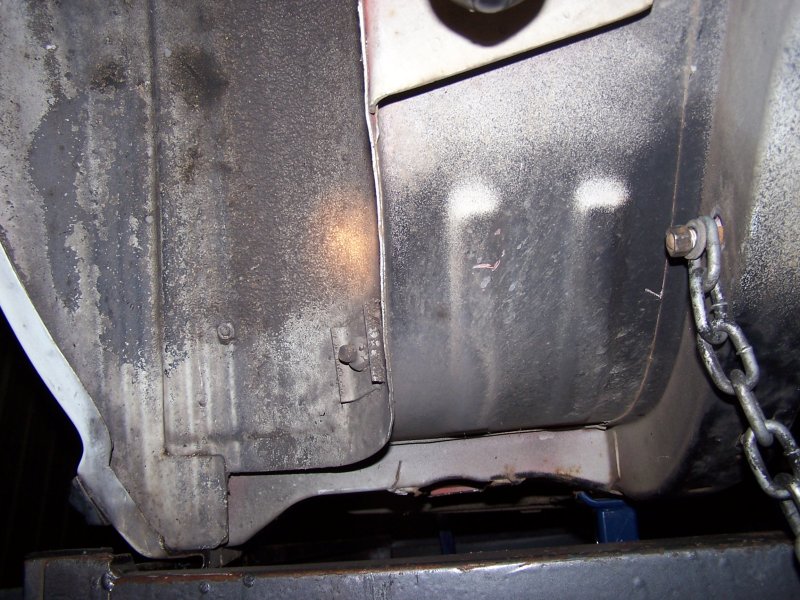
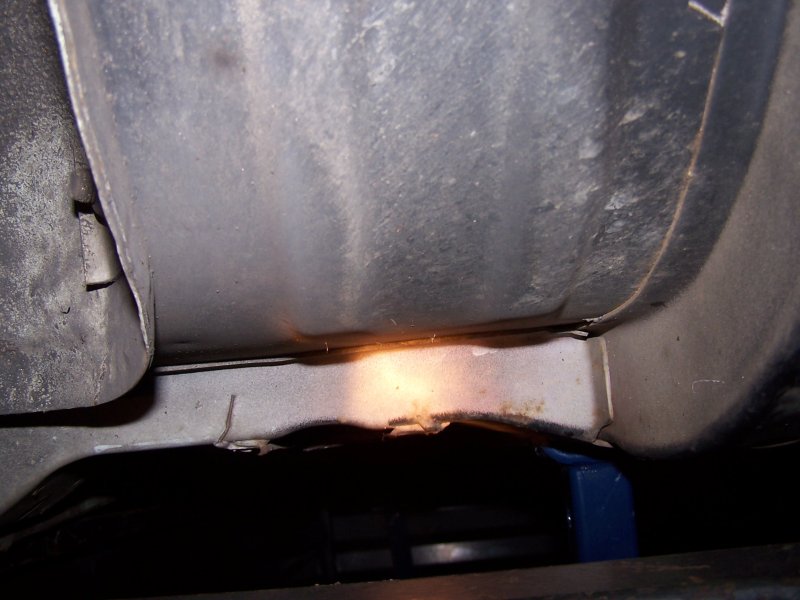
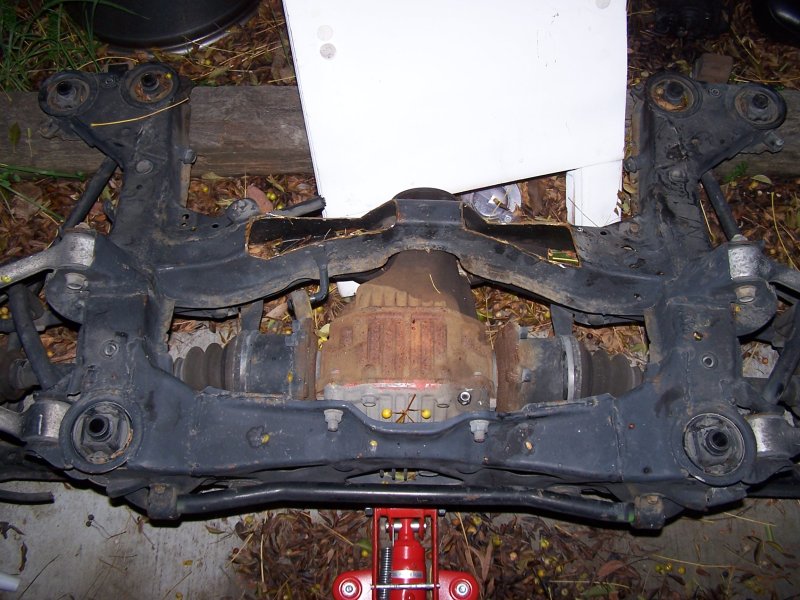
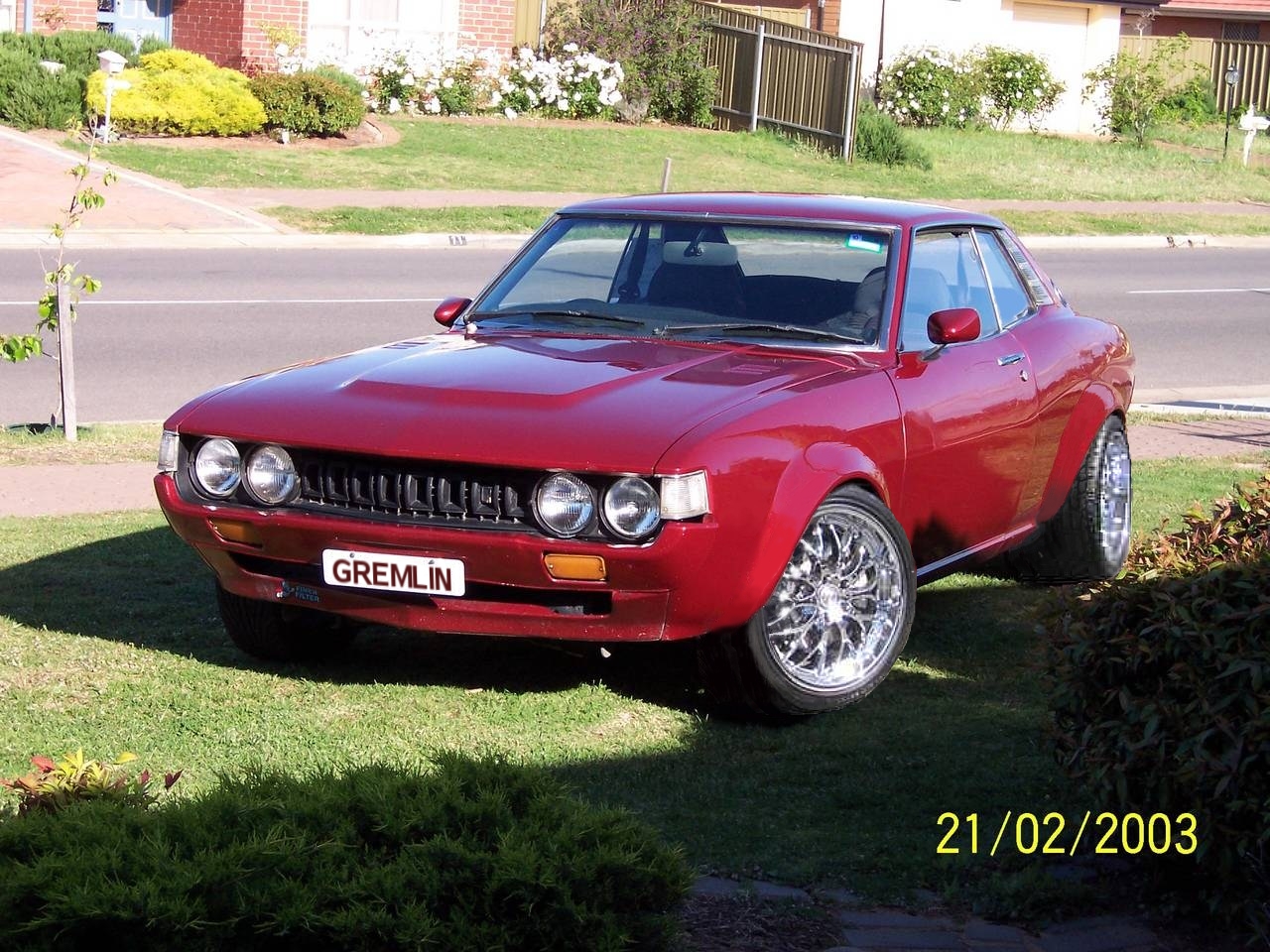
 Will also need to hit up the ACT Roads Authority to get proviso go ahead but this really should be a formality. I want to get it rolling so most other things will be easier when you can move it around. I've sectioned off that area beside the garage as an extra work area, I'll embark on de-stuffing the garage but it'll be quite some time before it becomes a useable work area. Once the subframes are fitted, the engine/gearbox fitting starts pretty much straight away. I still can't decide if I want to get the 2JZ-GE Turbo'd or sell it quietly and go a proper 2JZ-GTE and six speed setup, I'm leaning towards the latter. The stuff I still need:
Will also need to hit up the ACT Roads Authority to get proviso go ahead but this really should be a formality. I want to get it rolling so most other things will be easier when you can move it around. I've sectioned off that area beside the garage as an extra work area, I'll embark on de-stuffing the garage but it'll be quite some time before it becomes a useable work area. Once the subframes are fitted, the engine/gearbox fitting starts pretty much straight away. I still can't decide if I want to get the 2JZ-GE Turbo'd or sell it quietly and go a proper 2JZ-GTE and six speed setup, I'm leaning towards the latter. The stuff I still need:




Bookmarks